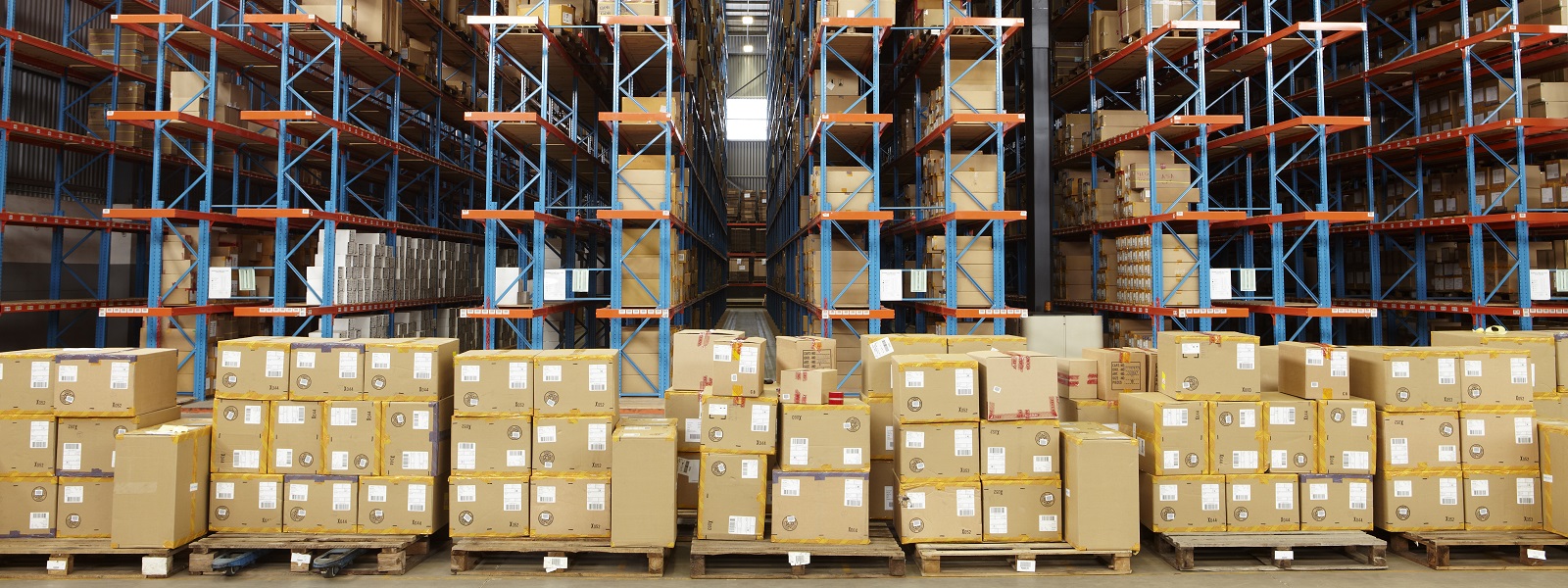The technology sector has been one of the least impacted by the COVID-19 pandemic, and deal activity across the industry has carried on despite lockdown restrictions.
Technology deal volume and value did dip in the first quarter of 2020 compared to Q1 2019, but only by 15% and 2% respectively—against a backdrop which saw falls of 35% and 39% to overall global M&A volume and value—illustrating the technology industry’s relative resilience in the face of COVID-19 disruption.
Essential services
Demand for technology services and products has in fact increased through lockdown measures. Consumers and employees have been forced to rely on connectivity and software for work and leisure more than ever. Online streaming service Netflix, for example, has added close to 16 million new subscribers during lockdown, more than double its forecasts.
Results like these have seen the NASDAQ 100 Technology Index rise in 2020, and trade more than a quarter higher than a year ago.
The growth and durability of the technology sector’s performance through the tumult of the pandemic and lockdowns has provided enough stability to support M&A transactions through Q1 and into Q2.
Among the largest deals in Q1 were a few financial technology mergers. The largest deal of the quarter was the proposed merger between two French payments firms, Worldline and Ingenico, for US$10.1 billion. The deal, announced in early February, is awaiting shareholder and regulatory approval. Other sizeable financial technology deals in Q1 included the US$7.1 billion sale of credit monitoring service Credit Karma to Intuit and the US$5.3 billion sale of financial technology platform Plaid to Visa.
Big deals in Q2
Even in the second quarter, by which time lockdown measures were in place in many jurisdictions, there were a number of sizeable deals, led by big tech companies including Facebook, Apple, Microsoft and Amazon.
Facebook has been among the most active, announcing a US$5.7 billion investment in India-based internet service provider Jio in April. The deal gives Facebook a 9.99% stake in Jio. Facebook also acquired the GIF-sharing business Giphy in May, for a reported US$400 million.
Separately, Microsoft has backed Metaswitch Networks, a cloud-based communications software group, and Apple has invested a reported US$100 million in the virtual reality developer NextVR.
Private equity and venture capital firms have remained active in technology deal markets through the lockdown period. Instacart, an online grocery delivery platform, saw its valuation almost double from US$8 billion to US$14 billion after securing a US$225 million funding round led by DST Global and General Catalyst in June.
The recent relative quiet of technology IPOs has helped keep the technology M&A market robust, for lack of public listings as an option. Now the IPO market has reopened for technology assets, providing further momentum for transactions in the sector. Vroom, the used-car sales platform, raised US$468 million from an IPO, its stock more than doubling in value from its offering price on its first day of trading. Insurance start-up Lemonade and data warehousing group Snowflake are also expected to debut on the stock market after filing their prospectuses with regulators.
Winners and losers
As the technology sector emerges from lockdown, there will be winners and losers in the space, with dealmakers and investors focusing their capital on backing the best performers through the coronavirus crisis.
Technology providers with business models focused on facilitating remote working and trade have thrived and are well positioned to build momentum through to the end of the year. Those that have fallen out of favor—because of exposure to heavily impacted sectors such as travel and leisure, for example—will find it more difficult to secure funding rounds and M&A investment.
A survey of more than 1,000 tech start-ups in 50 countries by Startup Genome, a global policy advisory company focused on new tech companies, found that just under a quarter of the businesses polled did not have sufficient cash reserves to survive past September of this year, with another 21% unlikely to survive beyond March of 2021. More than a quarter of respondents (26%) reported a drop in revenues of between 60% and 100%, with a third saying that they saw funding rounds cancelled or funders going silent. Nearly two-thirds of the companies surveyed have seen funding plans disrupted because of COVID-19.
Investors have capital at their disposal, but have become more risk-averse as a result of the COVID-19 crisis, and are taking a more selective approach to the deals they will do. Deals on the margins that would have received backing pre-COVID find the market tougher now.
Looking ahead
After navigating the initial phases of the COVID-19 outbreak in H1, technology M&A is in a good position to accelerate in the second half of the year.
But even if activity levels do rise in H2 2020, the deal market will be very different from the one M&A investors and target companies enjoyed prior to the lockdowns. The bar for investment has been set higher and the market is likely to bifurcate noticeably, with some assets achieving generous valuations while others struggle to gain traction.
Dealmakers will also find that a number of tech startups in particular will not want to transact at the moment, as many have drawn down on their venture debt facilities to shore up cash buffers and wait until economies rebound. The reopening of the IPO market, although good for sentiment and confidence, could also see competition for prized assets increase as vendors will have an IPO back on the table as an exit option rather than relying entirely on M&A.
Technology is in a much better position for M&A than perhaps any other sector, but that does not mean that transacting will be without its complications.





